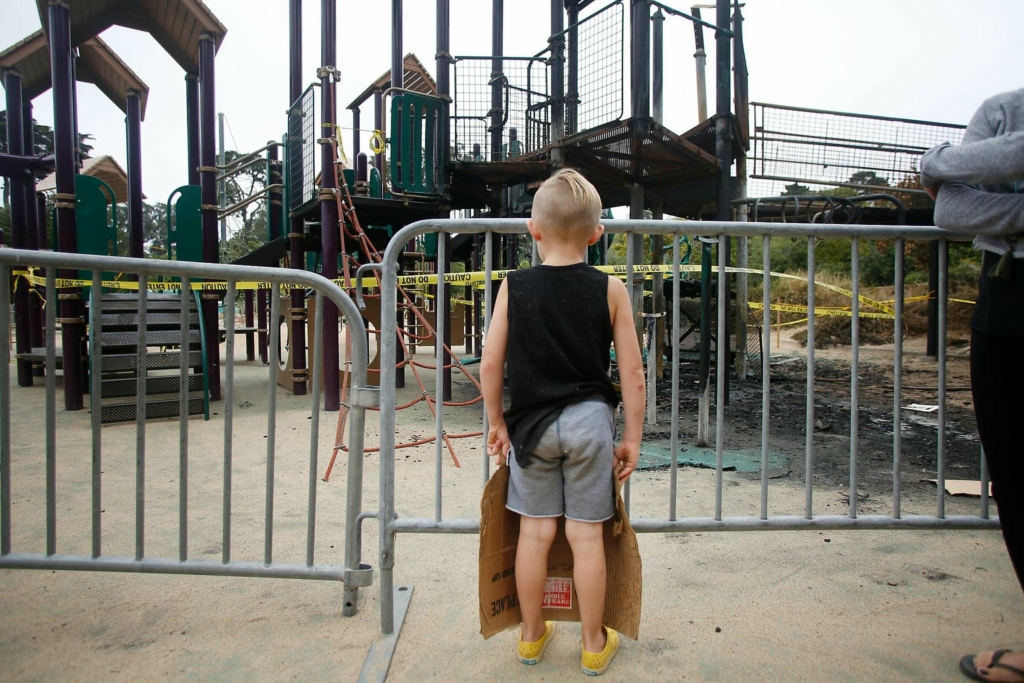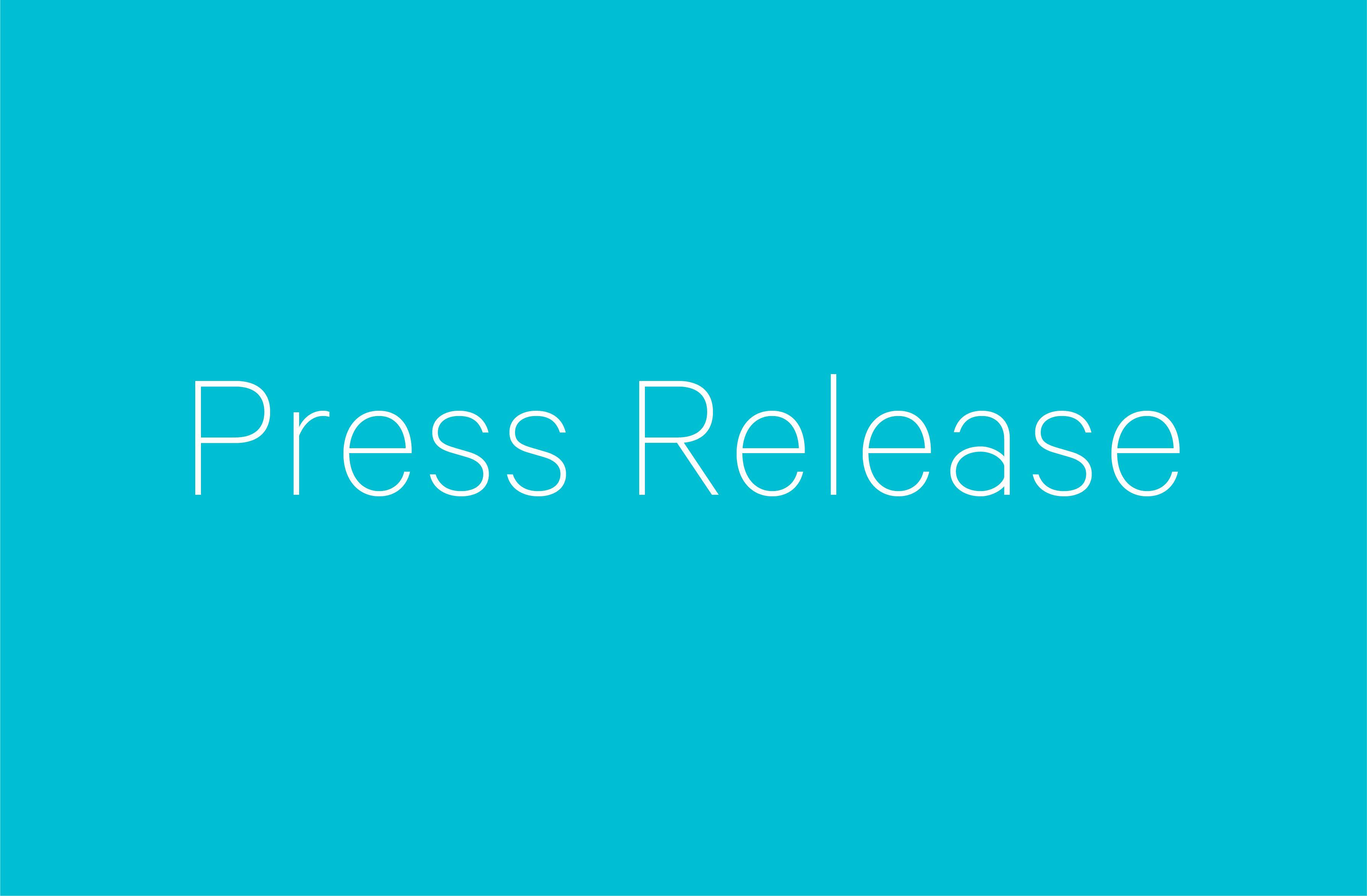Communities need local philanthropy

What can parks teach us about philanthropic giving? It turns out, quite a bit. Recently, I watched my 2-year-old twins chase each other around the Children’s Corner at Golden Gate Park in San Francisco, the same playground I frequented as a kid. The park, buzzing with families from all walks of life and socioeconomic strata and maintained by contributions from local philanthropies, is a true testament to the value of local investment.
Philanthropists who make the headlines tend to set their sights on global challenges — solving climate change, alleviating poverty, eradicating diseases — often to the exclusion of more local but no less important issues, like homelessness, affordable housing, income inequality, access to education and parks. While it’s noble and exciting to tackle major issues, we also can’t lose sight of how important local philanthropy is for the livelihood of our own communities.
The Bay Area, for example, is a region of extreme contrasts.
It’s home to Silicon Valley and world-renowned colleges and universities, and a global hub for talent, technological innovation and first-class innovators who are inventing the future. It boasts one of the lowest unemployment rates in the country, with a median household income of $96,000, well over the national average. San Francisco is also home to 74 billionaires, more than almost any other city in the world.
At the same time, the Bay Area has some of the highest numbers of homeless and working poor families in the country, and housing and food costs are soaring, making it hard to make ends meet. According to Open Impact’s Giving Code, 80 percent of Silicon Valley’s community-based nonprofits reported an increased demand in services in the past five years. Yet Philanthropy Roundtable noted that in 2016, just 7 percent of all donations made by private foundations in Silicon Valley were directed to local nonprofits, and the rest went elsewhere.
Wealth does not obligate anybody into philanthropy. In fact, the beauty of philanthropy is that its roots are in an individual’s decision to promote human welfare and the common good through personal generosity. If one has the means to improve the community in which they live — as so many in San Francisco do — why not be generous? At a time when the political landscape is divisive and it feels increasingly difficult to make progress, local communities can be the place to find rare common ground by uniting people in support of projects and initiatives that help the community flourish.
A city is rich because of its diversity of ideas, vibrancy of cultural institutions and equity of treatment toward those who call it home. It can’t just be for billionaires.
The Bay Area should be a place where all people have the opportunity to strive and thrive. It should be a place where services are available to those who need them, and education and employment are achievable regardless of who you are and where you come from. Local philanthropy is the critical ingredient to achieving this. After all, locally based, community-minded philanthropists like the Hellmans, Haases, Fishers and Korets helped build the cultural and educational institutions that define the Bay Area and help it thrive today. But they can’t carry the torch alone.
The Bay Area will require billions of dollars of investment over the coming years to meet urgent local challenges ranging from homelessness to public education to the housing affordability crisis. As a new, younger generation assumes leadership roles within the philanthropy community, it’s imperative that they set their sights — and their funding — on the most pressing quality-of-life issues here at home.
And it’s on Bay Area residents to support the local community by giving to organizations that invest in it. Every resident who benefits from quality education, affordable housing, green spaces, and community-renewal projects has a vested interest in helping support the organizations that make these investments a priority. The Bay Area’s most vulnerable and underserved populations, and the health and well-being of the community at large, depend on it.
Which brings me back to the Children’s Corner in Golden Gate Park. In June 2017, an arsonist destroyed a section of the playground. Immediately, then-Mayor Ed Lee committed public funds to rebuild the park. Students from the nearby Stepping Stones Preschool raised $300 selling lemonade and doughnuts, and other individual and institutional funders gave through the San Francisco Parks Alliance. The park reopened in March to the delight of many in the community — me and my kids included.
My recent trip to the park was more than just a stroll down memory lane; it was a reminder of the vital role that local investment plays in the health and well-being of communities everywhere. As I watch my children experience the same joy I had once gotten from San Francisco parks, I am thankful for the support of foundations and individuals who cared enough to invest locally in places like these that make a real difference in people’s lives. It’s now time for the next generation of philanthropists to step up and make that same investment. Our communities depend on it.
Danielle Foreman is the director of programs at the Koret Foundation, a philanthropic foundation based in San Francisco that works to elevate the quality of life for all who live in the Bay Area.



